A discussion on the “Ideal Tank Mates for German Blue Rams” got over 63,000 views and 37 replies. These small, colorful fish attract both new and seasoned fish keepers. It’s key to find the right mates for them, looking at size, behavior, and habitat needs for a happy tank.
Table of Contents
Key Takeaways
- German blue rams need compatible tank mates to maintain a peaceful environment.
- Aquarists recommend keeping a single pair in small tanks to avoid territorial disputes.
- Bottom dwellers and mid-dwelling fish are great companions, provided they have enough space.
- Avoid aggressive fish or those with different water requirements to minimize stress on rams.
- German blue rams thrive in high temperatures, so choose tank mates that can tolerate these conditions.
- Proper tank setup, including temperature regulation and plant cover, supports healthy ram behavior and breeding.
- Careful observation and adjustments can prevent potential compatibility issues among tank inhabitants.
New and experienced aquarists love the German blue ram for their tanks. They are drawn to its bright colors and lively nature. Picking suitable mates for these cichlids is crucial to keep things peaceful and healthy. Important factors include their size, nature, and the kind of spaces they need.
Introduction to German Blue Rams
The German blue ram is a favorite fish among aquarium lovers. It’s known by names like ram cichlid, blue ram, or butterfly cichlid. These beautiful fish come from the Orinoco River area, in Colombia and Venezuela. In Germany, they were bred to have even brighter colors, making them loved all over.
What are German Blue Rams?
German Blue Rams are small, brightly colored cichlids. They grow up to 2-2.5 inches and live around 4 years if cared for properly. They are perfect for community tanks. Both new and expert fish keepers enjoy their beauty and lively behavior.
Origins and Natural Habitat
They come from the Orinoco River basin, living in slow-moving waters. Wild German blue rams don’t like dirty water. This means your aquarium needs clean, soft, acidic water. Add hiding spots to make them feel at home and to see their natural behavior.
Characteristics and Temperament
German blue rams are known for their shiny colors. They are peaceful but can be a bit territorial when breeding. They do well in water with pH 5.5 to 7.0 and like soft water. Keep the water between 78-85°F, ideally 80-81°F. They eat many foods, but may need some encouragement at first.
Choosing compatible tank mates for German blue ram is important. They get along with tetras, Sterbai cory catfish, plecos, discus, and other small cichlids. These friends must be okay with warm water and not take food from the rams. During breeding, it’s best to have a separate tank or safe tank mates that won’t disturb the eggs.
If you want to know about German blue ram community tank suggestions or learn more about them, German blue rams add excitement to any freshwater tank.
Tank Size and Environment Requirements
Setting up the right habitat for German blue rams is crucial. The environment and tank size directly impact the health of these colorful fish and their friends. Let’s explore the key factors to consider:
Recommended Tank Size
German blue rams are quite small, growing up to 2-2.5 inches. For a pair, a 20-gallon tank is perfect for community living or a 10-gallon for breeding only. For two pairs, you’ll need at least a 40-gallon tank. Larger tanks help avoid fights and keep the peace.
Ideal Water Parameters
Water quality is vital for the health of German blue rams. They love warm water, between 84-86°F (29-30°C). Their tank mates must also enjoy this warmth. A pH of 5.0 to 7.0 is crucial. Keep the water clean, as rams can’t handle toxins well.
Substrate and Plants
German blue rams like to dig, so a soft, sandy substrate is best. Use plants that attach to decorations for safety and beauty. Java moss and java fern are good picks. They provide hiding spots and reduce stress without getting uprooted by the rams.
A well-maintained tank meeting these requirements ensures harmony. Choosing the right tank mates is key for a peaceful community. This careful selection promotes a tranquil living environment for everyone.
Compatible Small Schooling Fish
Schooling fish that are peaceful and swim in the mid to upper tank areas are great with German blue rams. In this part, we’ll talk about the best choices for a happy tank life.
Cardinal Tetras
Cardinal tetras are top picks for being buddies with German blue rams. They get about 2 inches long, fitting in without any trouble. They’re calm and like the same water as German blue rams, making them ideal tank mates for German blue ram. Plus, their bright colors look beautiful next to the rams.
Rasboras
Rasboras, especially Harlequin rasboras, are great for tanks with German blue rams. They reach up to 2 inches and have a gentle nature. Their swimming style and peaceful eating mean no food fights with rams. They also bring a special look to the tank with their colors and the way they swim together.
Neon Tetras
Neon tetras, small at just 1.5 inches, are good friends for German blue rams. Their size and peaceful attitude mean they fit right in. Their eating style matches the rams’, so no one goes hungry. Their bright blue and red colors make the tank pop.
Picking the right friends like cardinal tetras, rasboras, and neon tetras, makes the tank both stunning and balanced. Making sure everyone gets along is key to a peaceful tank.
Bottom Dwelling Tank Mates
When picking tank mates for German Blue Rams, choose species that won’t invade their space. The right tank mates keep the water world peaceful and balanced. Ideal choices include Cory Catfish, Oto Catfish, and Kuhli Loaches.
Cory Catfish
Cory Catfish are top picks for German blue ram tanks. These friendly fish thrive in similar conditions and grow to about 2.5 inches. They usually get along with rams if there’s enough room and hiding places. Their cleanup habit keeps the tank tidy.
Oto Catfish
Oto Catfish, also known as Otocinclus, are great for controlling algae. These small fish help keep the tank clean without bothering the rams. Make sure not to mix them with plecos that could harm the rams’ eggs.
Kuhli Loaches
Kuhli Loaches bring a unique look to the tank’s bottom. With their eel-like shape, they grow to about 3 inches and are peaceful. These loaches dig through the substrate, eating leftover food without annoying the rams.
The best tank mates for German Blue Rams are species like Cory, Oto Catfish, and Kuhli Loaches. They must match well with the rams and bring benefits to the tank. The right mix creates a calm and beautiful water world.
By focusing on the needs and actions of these bottom dwellers, your German Blue Rams will have perfect companions. This leads to a balanced and eye-catching aquarium setup.
Mid-dwelling Companions
For aquarists aiming to build a peaceful community tank with German blue rams, picking the right friends is key. These fish stay in the tank’s middle layer. This prevents fights with bottom dwellers or top swimmers, such as guppies.
Harlequin Rasboras
Harlequin Rasboras are perfect friends for German blue rams. They’re calm and look striking. They like water that’s between 72° and 79°F, which matches what German blue rams need. Adding at least six Harlequin Rasboras makes them happy and colorful, and they swim more actively.
Rummynose Tetras
Rummynose tetras are a joy in a German blue ram community tank. They’re small, about 1.5 inches long, and have red noses with silver bodies. They enjoy the same water conditions as German blue rams, needing a pH of 5 to 7.5. Their tight school swimming looks beautiful and keeps peace in the tank.
Small Livebearers
Adding small livebearers like guppies adds energy and color. But, make sure they get enough food during mealtime. Spread the food well so all fish get their share. Watch how they eat to keep everyone healthy.
When picking fish to live with German blue rams, think about how big your tank is. You need at least 20 gallons for two rams. Choose fish that get along well and need the same water warmth and food as your rams.
| Species | Ideal Temperature Range | Adult Size | Compatibility |
|---|---|---|---|
| Harlequin Rasboras | 72°-79°F | 1.75 inches | High |
| Rummynose Tetras | 72°-79°F | 1.5 inches | High |
| Guppies | 72°-82°F | 2 inches | Moderate |
Ideal Tank Mates to Avoid
To keep peace for German blue rams, avoid large, aggressive fish. These fish might see the smaller cichlids as food. Also, stay away from quick, competitive fish and those needing different water conditions.
Large, Aggressive Fish
Big, fierce fish like oscars are a bad choice because they might prey on German blue rams. These rams are small, usually around two to three inches long.
Fast-swimming Fish
Quick-swimming species can beat German blue rams to the food. This stress can rob the rams of needed nutrients. It’s smart to avoid such fish to keep things peaceful.
Fish with Different Water Requirements
Avoid fish that don’t share water needs with German blue rams. Rams do well in warm water, from 72° to 79°F, with a pH of 5 to 7.5. Fish needing cooler water or very different pH levels may not be suitable companions.
Special Considerations for Breeding Tanks
Breeding German blue rams needs careful tank prep for better success and less stress. A good plan is to have a tank just for them. This way, the mating pair can breed without distractions in Ensuring Safe Breeding Conditions.
Tanks with No Other Fish
Choosing a 29-gallon tank helps breeders get the best results. Keep the water at 79 degrees Fahrenheit. The pH should be between 6.2 and 6.5. Ammonia and nitrite levels must be zero, and nitrates low, from 0 to 15ppm. This setup is perfect for German blue rams to breed well.
Choosing Safe Bottom Dwellers
If you want other fish in the tank, pick ones that are safe for rams’ eggs or fry. Bristlenose Plecos are a great choice. They’re not harmful and help keep the tank balanced. Adding Corydoras catfish, like the Corydoras habrosus, also helps keep the tank clean while not bothering the rams.
Setting up a good breeding environment for German blue rams needs careful planning. Make sure to provide a stable home with ideal tank mates for German blue ram. Doing so will likely lead to successful spawning and healthy fry.
German Blue Rams in Community Tanks
Keeping German Blue Rams with other fish is about more than looks. It involves ensuring they all get along, avoiding fights or stress. Here, we explore how to set up and keep a happy community tank.
Creating a Peaceful Community
For a calm tank, choose gentle fish that can handle the same warm water as German Blue Rams. These rams need space to avoid stress, especially when breeding. A 20-gallon tank works for a pair. If you have two pairs, go for at least 40 gallons.
Choosing Compatible Tank Mates
Select tank mates that are calm and about the same size as the rams. Consider tetras, Sterbai cory catfish, plecos, discus, angelfish, and other dwarf cichlids. They tolerate warm water and help prevent space conflicts. This ensures a peaceful tank.
| Species | Adult Size | Ideal Temperature | Minimum Tank Size |
|---|---|---|---|
| Cardinal Tetras | 1.5 inches | 73-81°F | 10 gallons |
| Sterbai Cory Catfish | 2.5 inches | 75-82°F | 20 gallons |
| Discus | 6 inches | 82-86°F | 50 gallons |
| Dwarf Cichlids | 2-3 inches | 74-82°F | 20 gallons |
Maintaining Water Quality
Good water quality is key for German Blue Rams’ health. Change water often to lower ammonia and nitrates. Rams need stable pH and soft water to do well. Use good filters and test water regularly to keep everyone healthy.
Follow these steps and the advice from the German blue ram tank mates list for a peaceful aquarium. Using the German blue ram community tank suggestions will help you have a beautiful and thriving tank.
Unique and Decorative Tank Mates
Adding unique and decorative creatures to a German blue ram tank boosts its look and helps the ecosystem. It’s important to pick tank mates for German blue rams that like similar water and temperature conditions. Here are some top choices for tank friends for these colorful dwarf cichlids.
Nerite Snails
Nerite snails are great friends for German blue ram tanks. They eat algae and don’t compete for food with the rams. Plus, their attractive shells bring beauty to your aquarium.
Amano Shrimp
Amano shrimp are another good choice for being with German blue rams. They eat algae and waste, helping keep the tank clean. They’re peaceful, so they won’t bother the rams, making for a calm tank.
Dwarf Gouramis
Dwarf gouramis get along well with German blue rams because they need the same water and are peaceful. They bring color and interesting movements to the tank. They make the aquarium lively and fun to watch.
Choosing these unique and pretty species will make your German blue ram tank look amazing and help keep a healthy balance in your aquarium’s ecosystem.
Invertebrates and Algae Eaters
Adding invertebrates and algae eaters to a German Blue Rams tank makes it look better and helps keep it clean. It’s key to choose species that get along with the German Blue Ram. This ensures a balanced and happy tank environment.
Feasibility of Shrimp
Amano shrimp are great for any aquarium. They help control algae and make the tank more interesting. But, be careful with bigger, active fish that might see them as food. Choose larger, tougher shrimp to keep them safe from German Blue Rams.
Adding Snails
Nerite snails are great for fighting algae in a German Blue Ram tank. They live well with Rams and don’t bother anyone. Their strong nature makes them a good choice for tanks with different fish.
Other Algae Eaters
Bristlenose Plecos fit well in a German Blue Ram tank. They stay small, around 4-5 inches, and eat lots of algae. Make sure they have enough to eat if there are fast fish around. Otocinclus catfish are also great for eating algae. Just make sure they always have food, and they’ll live happily with others.
FAQ
What are German Blue Rams?
What is the recommended tank size for German Blue Rams?
What are the ideal water parameters for German Blue Rams?
Can German Blue Rams coexist with Cardinal Tetras?
Are Cory Catfish suitable companions for German Blue Rams?
What mid-dwelling fish are compatible with German Blue Rams?
Which fish should be avoided in a German Blue Ram tank?
What are the special considerations for breeding German Blue Rams?
How can I create a peaceful community tank for German Blue Rams?
Are Nerite Snails compatible with German Blue Rams?
Can Amano Shrimp thrive with German Blue Rams?
References
The South American Cichlid Association (SACA)
The American Cichlid Association (ACA)British Cichlid Association
I am a passionate aquarist with over 30 years of hands-on experience in fishkeeping. My journey began at a young age, collecting fish from the wild and learning through experimentation. Specializing in tropical fish, I bring a deep understanding of the hobby to FishKeepingMadeSimple. The site provides honest, detailed reviews of essential products and accessories to help fellow enthusiasts create the best environments for their fish.



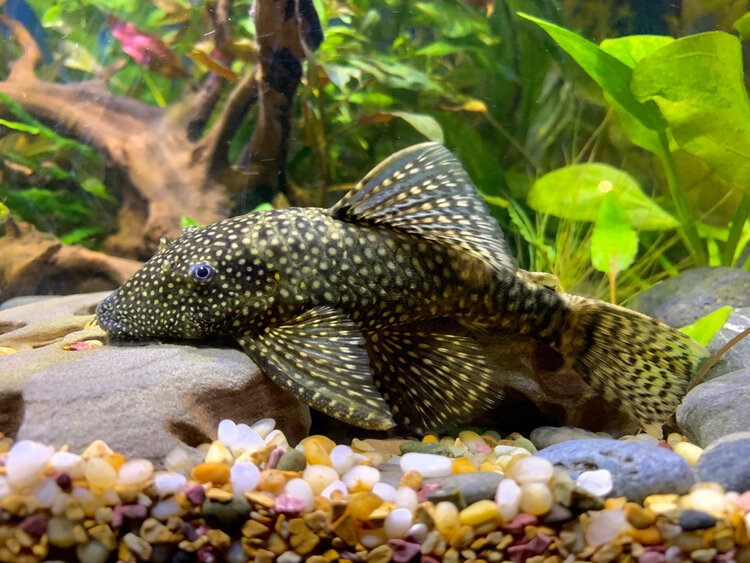
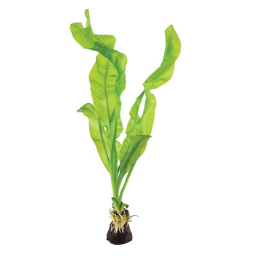

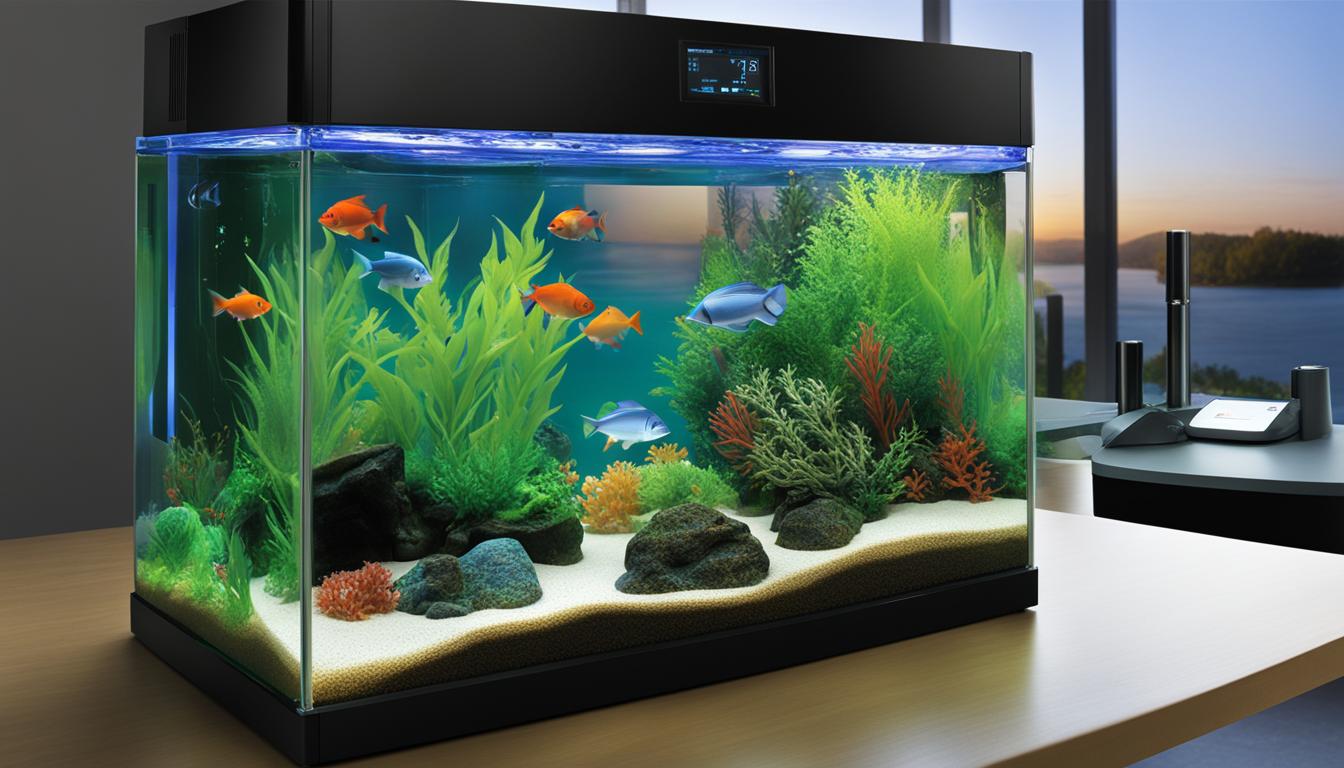
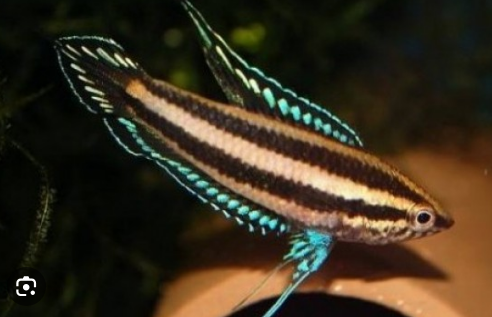
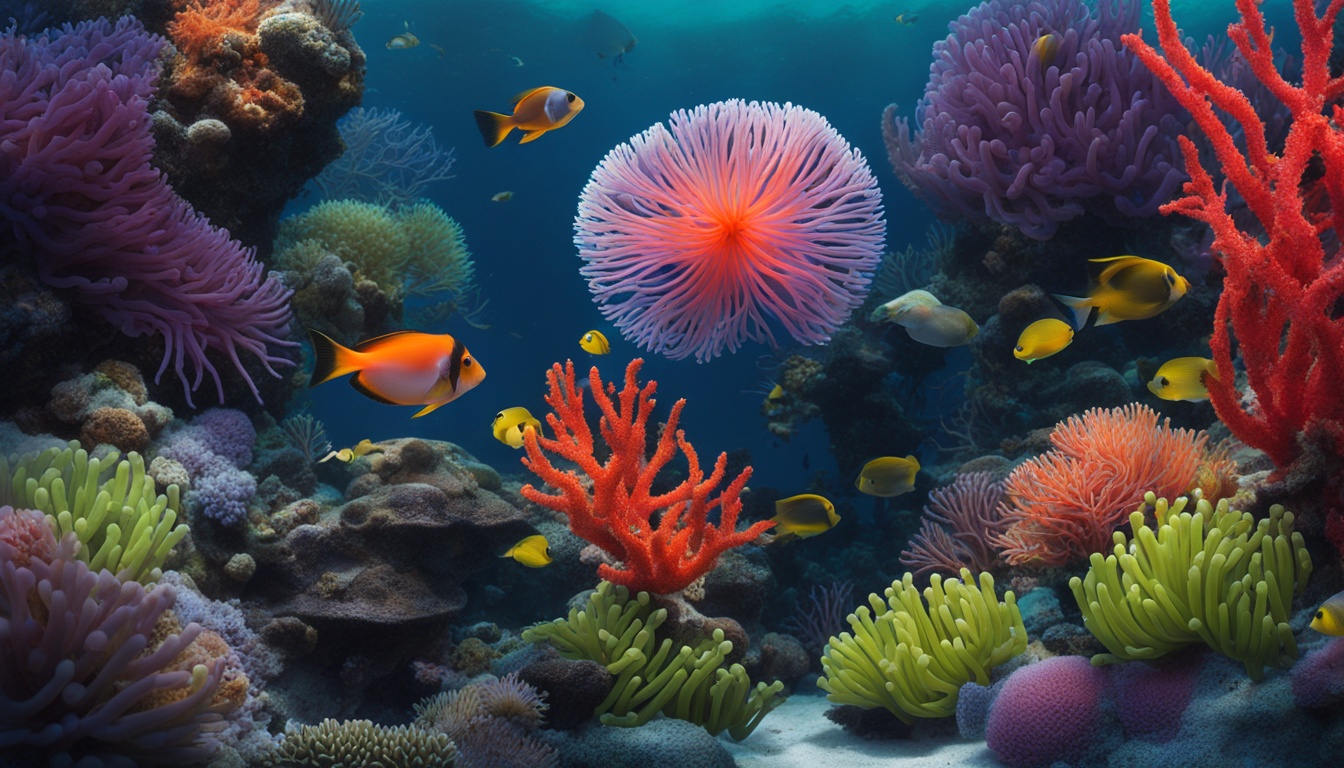
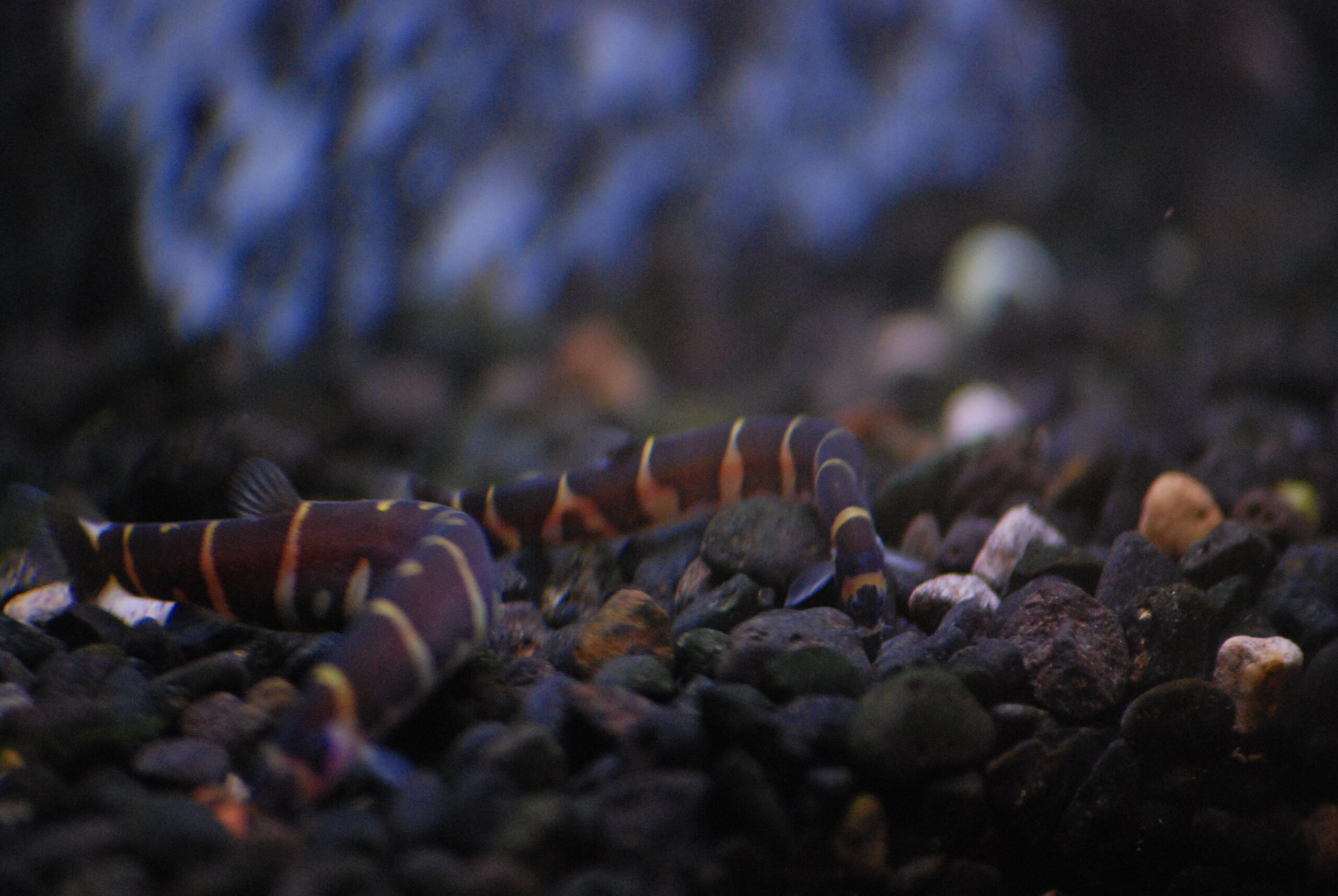

[…] Rams are peaceful fish that can coexist with other peaceful species, showing aggression mainly during […]
[…] barbs are peaceful fish that can live with many other fish. When picking tankmates, think about their size, behavior, and […]
[…] High filtration capacity, ideal for heavily stocked tanks […]
[…] you set up a Caridina shrimp tank, think about shrimp compatibility. Choose peaceful fish that won’t harm the shrimp. Remember to consider water conditions, tank size, and what […]